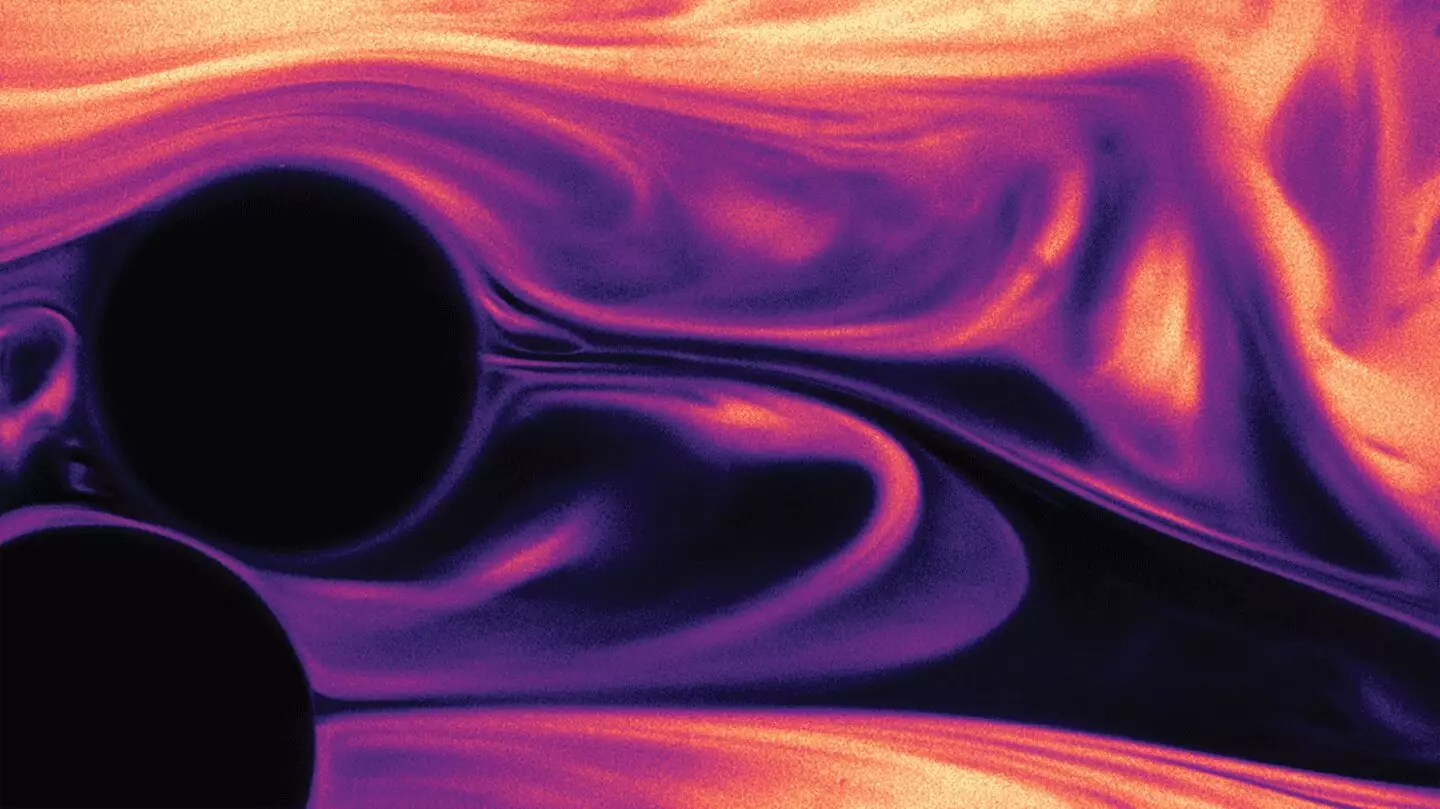Picture a mesmerizing visual spectacle: pouring cream into a cup of black coffee leads to a captivating swirl of colors, resembling the tumultuous storms on Jupiter. Yet, the enchanting dance of these liquids is dismantled with a mere stir of a spoon, resulting in a monotonous, homogeneous blend. This captivating illustration goes beyond mere beauty—it serves as an allegory for fundamental mixing processes that underpin numerous industrial applications. The act of mixing lies at the heart of manufacturing everything from everyday goods, like an office chair, to complex industrial products. Understanding the dynamics of mixing is crucial, particularly in environments where fluids interact with solid materials.
In industrial settings, mixing is often more intricate than our coffee analogy suggests. Rather than merely stirring, many processes entail pushing fluids through compacted grains, akin to brewing espresso. This method is pivotal in sectors such as plastics production, chemical manufacturing, and even carbon capture technologies. However, the challenges presented by these processes can be significant, especially the limitations posed by the dimensions of packed beds, where traditional mixing principles struggle to operate effectively.
Challenges in Mixing: The Pore Paradigm
The essential difficulty arises from the confined spaces found within densely packed grains. These pores, while maximizing surface area for critical chemical reactions, hinder the turbulence necessary for effective fluid mixing. The confined geometry restricts the chaotic interactions that enable rapid blending of substances. As a result, industries facing this dimensional dilemma have historically searched for alternative solutions to enhance mixing efficiency within these confined environments.
The implications are profound. The efficiency of chemical reactions can hinge on mixing processes, dictating the speed and yield of production in critical industries. The discovery of innovative methodologies to optimize these reactions is paramount. New research led by Princeton engineers has unveiled an ingenious breakthrough, potentially transforming how industrial mixing—and, consequently, chemical production—is approached.
Polymeric Innovations: A New Methodology for Enhanced Mixing
Researchers at Princeton Engineering, spearheaded by Christopher Browne and advised by Sujit Datta, have made a substantial leap forward by introducing springy polymers into the fluid dynamics of porous environments. By adjusting the characteristics of these polymers, they are capable of producing turbulence akin to that observed in larger volumes of liquid, such as our coffee example. This ingenious approach enables each pore to mimic a small mixing chamber, facilitating rapid and effective blending of liquids.
The implications of this innovative technique are significant: the researchers claim it can accelerate reaction rates by a factor of ten. This newfound efficiency could revolutionize how industries approach production, particularly in high-demand situations where time and resource management are critical. Browne’s dedication to this line of inquiry began during his graduate studies, ultimately leading to a postdoctoral position where he was able to refine and validate this cutting-edge concept.
Revisiting Challenges: Overcoming the Complexity of Mixing in Packed Beds
Previously, engineers and scientists had grappled with optimizing grain geometry in packed beds as a means to improve mixing, a method that often proves prohibitively expensive and logistically impractical. Browne and Datta’s innovative approach presents a more accessible solution by utilizing commonly available materials and polymers. This flexibility allows for the customization of the mixing process, tailoring it to meet specific industrial demands without requiring costly modifications.
The polymers employed in this research resemble those found in everyday products, such as super-absorbent materials in diapers. This compatibility with familiar materials not only enhances the practicality of the approach but highlights the potential for scalability across diverse industrial applications. As Datta articulately puts it, “Beyond being just a cool phenomenon… this can solve legitimate engineering problems, such as efficiently producing vital chemicals.”
A Beautiful Intersection of Art and Science
This study fuses aesthetics with rigorous scientific inquiry, showcasing the beauty inherent in fluid dynamics and its practical applications. The visual elegance of tumultuous mixing mirrors the innovative strides being made by researchers to tackle complex engineering challenges. The potential for redefining mixing processes and enhancing reaction rates injects new life and clarity into an age-old problem faced by various industries.
In essence, the introduction of these polymers adds a dimension of artistry to the scientific discipline of fluid mechanics. By providing a fresh lens through which to understand mixing, researchers can unlock new avenues for efficiency and effectiveness in chemical production, paving the way for more sustainable and rapidly scalable solutions that cater to the ever-evolving demands of modern society.


Leave a Reply